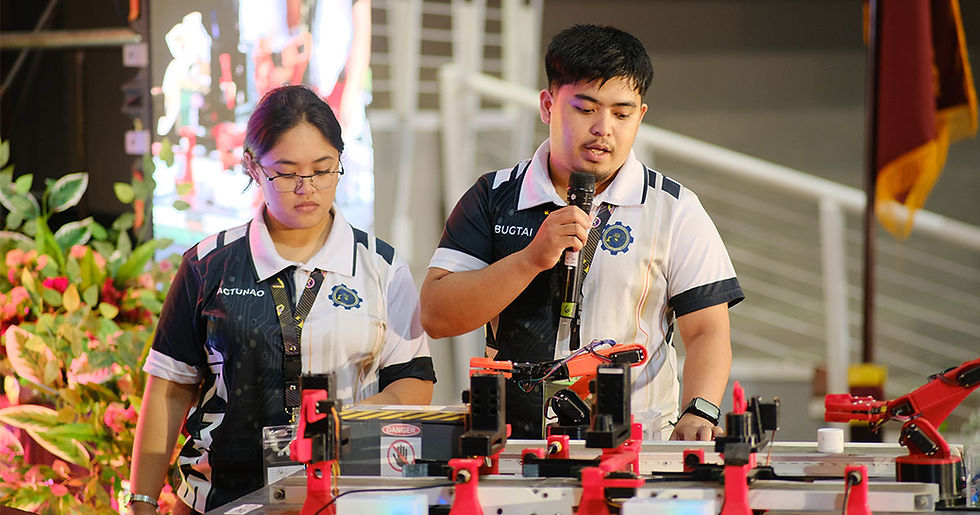Field Ready funded by USAID to Reduce Disaster Risk in the Pacific
- Field Ready

- Oct 1, 2019
- 2 min read
Updated: Dec 2, 2019
Field Ready has just been awarded a grant from USAID’s Office of US Foreign Disaster Assistance (OFDA) to address disaster risk reduction issues in six Pacific Island nations. What follows is a summary of this project:

The island communities in the South Pacific are known to have a high degree of vulnerability as identified in the national preparedness office of each government, the UN, the Global Facility for Disaster Reduction and Recovery (GFDRR) as well as Field Ready’s own assessments. This standalone WASH-focused DRR program covers Samoa, Kiribati, Fiji, Vanuatu, Solomon Islands and Tuvalu.
Each specific area of need in the South Pacific has different requirements that static projects may prove difficult to properly address. In some island communities, for example, water supplies can be contaminated by lack of properly functioning systems. While in other communities, social infrastructure and the activities that support them are marginalized and will be quickly overwhelmed when a hazardous event occurs. As a result, the vulnerable – particularly women, children and youth – can suffer disproportionately. This situation is exacerbated when simple procurement orders for basic items can take weeks and sometimes months to fulfill severely impeding humanitarian operations.
Over the course of 24-months, Field Ready will save lives and increase resilience to recurrent natural hazards of at least 15,000 Pacific Islanders and prepare their communities to more effectively respond to future rapid onset disasters. This supports the Sendai Framework priority of enhancing disaster preparedness for effective response and to “Build Back Better” in recovery, rehabilitation, and reconstruction as well as OFDA’s DRR framework and the “three crosscutting commitments” in particular.
Field Ready’s programming approach enables local manufacturing of items needed to address critical health service bottlenecks in disaster-affected areas. The process works by engaging local engineers and technicians to apply low tech and high-tech manufacturing methods with remote support from global teams of experts from the private sector and academia. Additional flexibility is built into the program to address specific needs as they arise during the program’s duration such as rapid onset disasters.
The specific items created during this program will be determined with beneficiaries during the design process. This responds to the lack of technical capacity to manufacture and replace parts for low-tech items such as water pumps, solar panels, electrical fittings, automated weather stations that hamper disaster preparedness and response in the Pacific, especially in remote locations. Efforts will be closely coordinated by humanitarian agencies connected to local government, businesses and aid mechanisms such as the cluster system.


_edited.png)




Comments